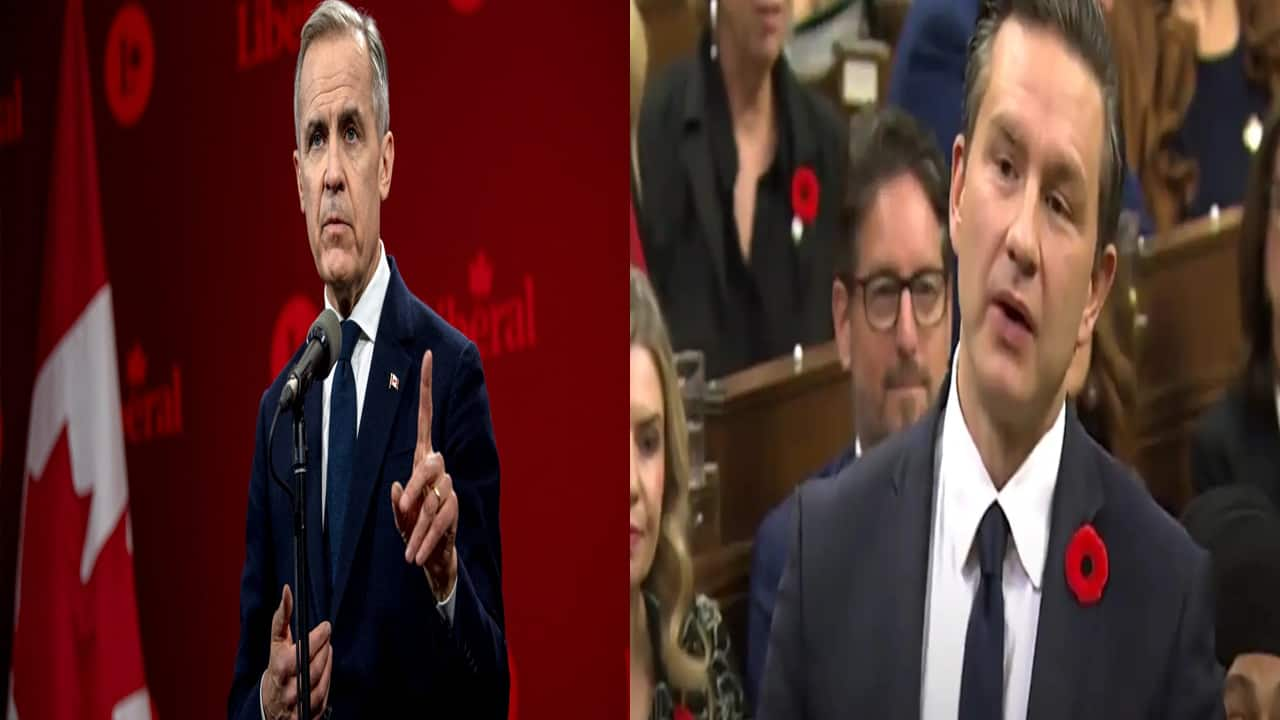Canadians will vote on Monday to decide whether Prime Minister Mark Carney’s Liberals will hold on to power or whether Conservative challenger Pierre Poilievre can clinch victory, amid rising tensions with the United States and political shifts following Justin Trudeau’s resignation. The final day of campaigning was overshadowed by a tragic car-ramming attack in Vancouver, which killed 11 people during a Filipino street festival. The incident, involving a suspect with a history of mental health issues, briefly shifted national attention away from ongoing tensions with the United States.
Prime Minister Carney paused his campaign to address the nation, while Poilievre condemned the attack during an appearance in the key battleground of Mississauga, west of Toronto. Despite the tragedy, both leaders resumed their final efforts to rally supporters. Opinion polls show tight race Opinion polls ahead of election day suggest that Mark Carney remains the preferred candidate among Canadians.

Carney, who took over Liberal leadership after Justin Trudeau's resignation, has benefited from his firm stance against US President Donald Trump, whose recent trade tariffs and annexation threats angered many Canadians. Although Poilievre has campaigned heavily on economic issues, particularly rising living costs under a decade of Liberal governance, polls indicate that the Liberals maintain a narrow lead in popular support. A Nanos poll released on Sunday showed the Liberals at 43 per cent support nationally, compared to 38.
9 per cent for the Conservatives. The results, if reflected at the polls, would likely favour the Liberals due to their concentrated support in urban areas, which translates more efficiently into parliamentary seats. Key battlegrounds and smaller parties British Columbia’s 43 electoral districts are expected to be among the most closely contested regions.
Smaller parties like the left-wing New Democratic Party (NDP) and the separatist Bloc Quebecois are also under scrutiny. Historically, strong performances by these parties have curtailed Liberal seat counts. However, polling suggests both may face setbacks this election, potentially easing the Liberals’ path to forming a government.
It remains uncertain whether Carney’s Liberals can secure an outright majority or if they will require support from smaller parties to govern. Voting process and expectations Advance polls were held from April 18 to April 21, with nearly two million Canadians voting early and setting a single-day turnout record. Polling stations will be open on Monday from 9 am to 9 pm local time across Canada’s six time zones.
Results are expected to start emerging shortly after polls close in Atlantic provinces, with final outcomes becoming clearer once the Pacific time zone polls conclude. Approximately 28 million Canadians are registered to vote across 343 ridings, reflecting a growing electorate since the 2021 election. ( Inputs from agencies ).
















